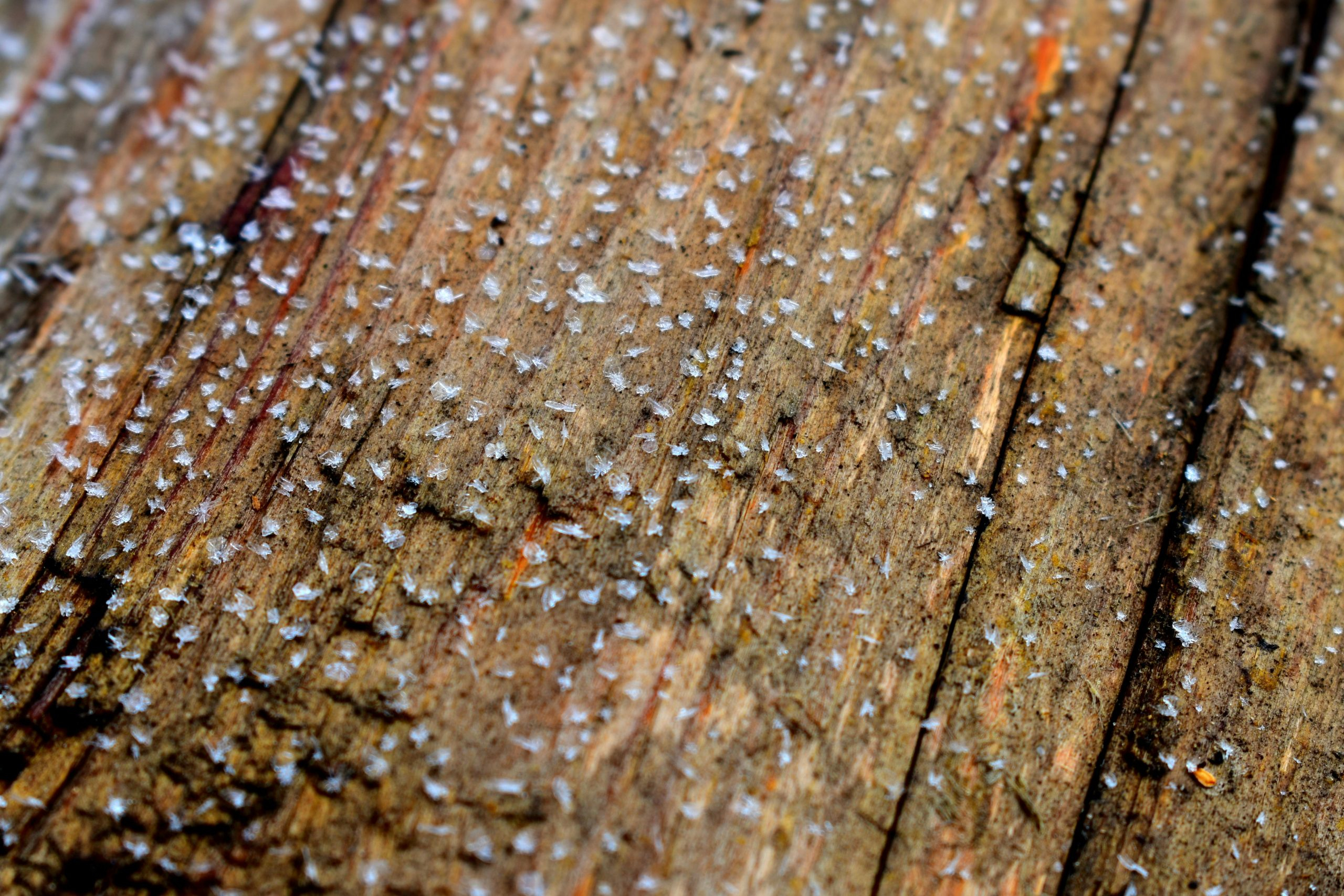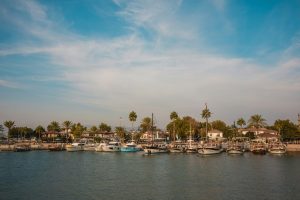Climate-Proof Properties: Insuring Against Floods and Wildfires
The impacts of climate change are becoming increasingly apparent, with the frequency and severity of natural disasters like floods and wildfires on the rise. These events not only wreak havoc on our environment, but also pose a significant threat to our homes and properties. As a result, it has become more important than ever to consider the potential risks and take proactive measures to protect our homes. One such measure is to invest in climate-proof properties and secure proper insurance coverage. In this article, we will explore how climate-proof properties can provide protection against floods and wildfires, and the steps homeowners can take to insure their properties for such events.
The Need for Climate-Proof Properties
In recent years, we have witnessed an increase in the number and intensity of natural disasters, particularly floods and wildfires. According to a report by the United Nations Office for Disaster Risk Reduction, climate-related disasters have doubled in the past twenty years, with floods and wildfires accounting for the majority of these events. This trend is expected to continue as climate change continues to exacerbate these disasters.
While it is impossible to completely prevent flooding and wildfires, taking proactive measures to climate-proof properties can minimize the potential damages and financial losses. Climate-proof properties refer to homes that are designed, built, and maintained to withstand extreme weather events, including floods and wildfires. These properties are equipped with features and systems that provide resiliency against such disasters, helping homeowners to minimize their risk and protect their investment.
Flood-Proof Properties
Flooding is a common occurrence in many parts of the world, and even a minor flood can cause extensive damage to a property. With climate change, the risk of flooding has significantly increased, making it imperative for homeowners to take necessary precautions to protect their homes. Flood-proof properties are designed to minimize the impact of a flood and reduce the potential damages.
Some key features of a flood-proof property include elevated and waterproof foundations, flood-proof doors and windows, and reinforced walls and roofs. These features help to prevent the entry of flood water into the property, reducing the potential for damages. In addition, flood-proof properties may also have features such as sump pumps, backflow valves, and leak sensors to detect and mitigate any water intrusion.
Wildfire-Proof Properties
Wildfires are a growing concern, particularly in areas with dry and hot climates, and can cause significant destruction in a matter of hours. Building a wildfire-proof property involves taking proactive measures to reduce the risk of fire damage, including the use of non-combustible materials, creating defensible spaces around the property, and installing fire-resistant landscaping.
Wildfire-proof properties also have fire-resistant finishes and use various features such as fire-resistant windows and doors, exterior sprinkler systems, and heat-activated shutters to prevent the spread of fire and protect the property. These features not only help to mitigate the potential damages but also provide valuable time for homeowners to safely evacuate in the event of a wildfire.
Insuring Climate-Proof Properties
While investing in climate-proof properties provides a layer of protection against potential disasters, it is equally important to secure suitable insurance coverage to protect your investment and mitigate any potential losses. Most standard homeowners’ insurance policies do not cover damages caused by floods and wildfires, making it essential for homeowners to purchase additional coverage or policy endorsements to protect their climate-proof properties.
Several insurance companies offer specialized flood insurance and wildfire insurance, which can be purchased as standalone policies or as endorsements to existing policies. These policies typically cover damages to the property and personal belongings caused by floods or wildfires, along with additional living expenses in the event of a mandatory evacuation. Homeowners can also opt for policies that offer replacement cost coverage, which provides coverage for the full cost of rebuilding or repairing the property, rather than just the actual cash value.
In Conclusion
Climate-proof properties are essential for safeguarding against the increasing risks posed by floods and wildfires. These properties are designed to withstand extreme weather events, reducing the potential for damages and losses. However, investing in a climate-proof property is only one part of the solution; securing suitable insurance coverage is equally important to protect your investment. By taking proactive measures to both climate-proof your property and secure proper insurance, you can rest assured that your home is protected against the uncertainties of climate change.









